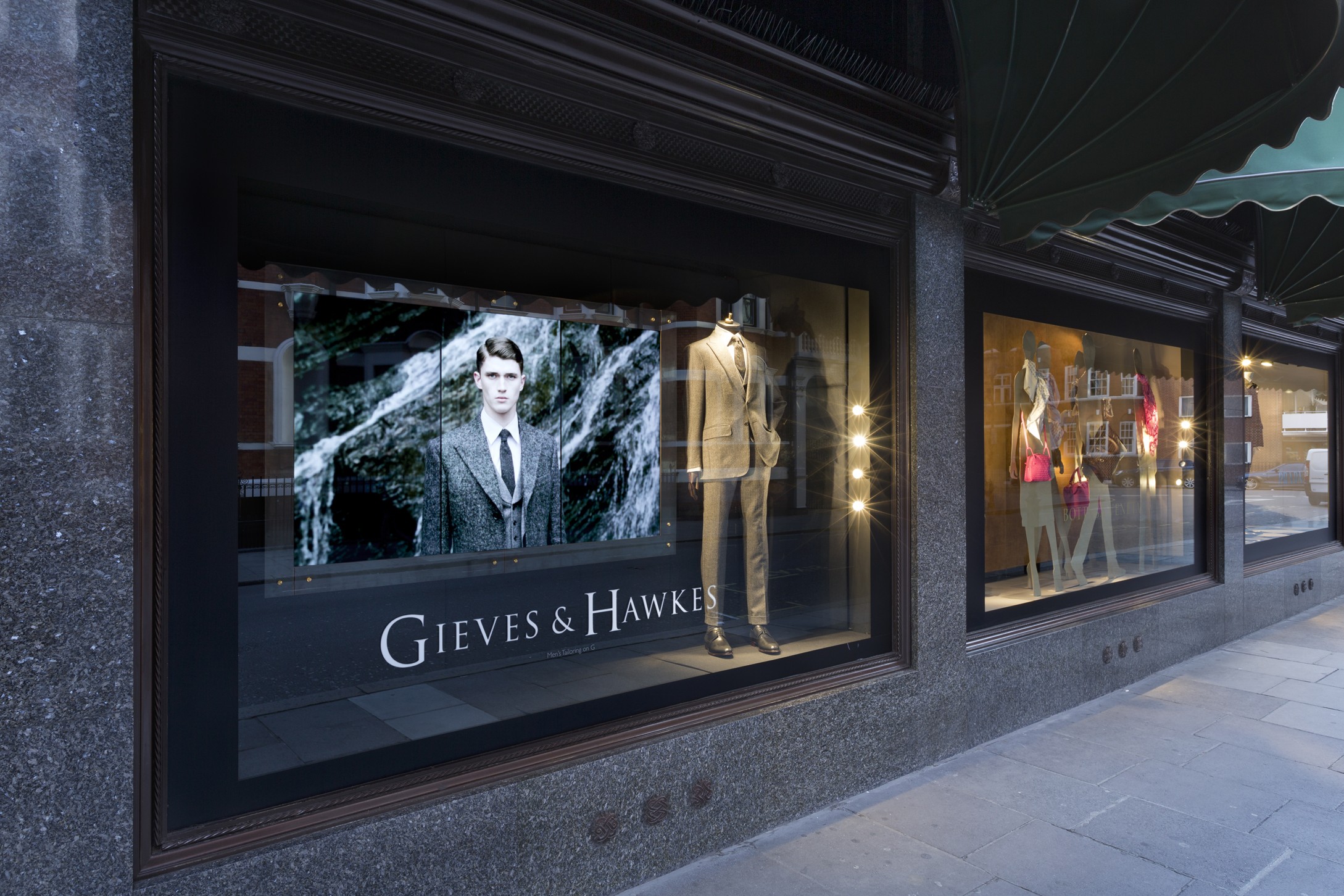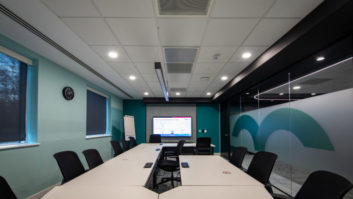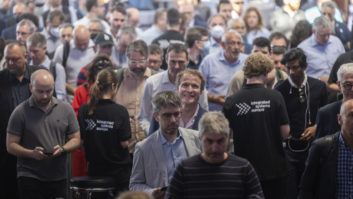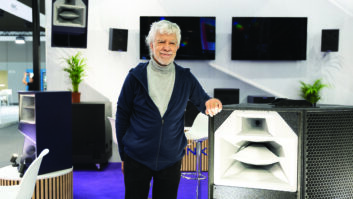
Columnist Rob Lane discusses how display signage is informing retail changes.
With another festive purchasing season just over, and Christmas fading to a chestnut-tinged memory, what better time to look at how stores are currently utilising display solutions in this era of massive evolution for the retail channel?
Retail’s evolution is, in part, being driven by the über-success (no pun intended!) of Amazon, but it’s interesting that the online retailer itself recently opened its own high street bookstore, cognisant that consumers prefer to have physical contact with some potential purchases before buying. In-store and online are becoming interchangeable, co-existing in a way we’ve never experienced before, with innovations such as Click & Collect blurring the lines.
This also means bringing a little more of what’s great about online shopping into stores, and that translates to more sophisticated digital signage experiences for consumers. Cost considerations and revised working practices are informing these changes too.
Retailers, of course, realise that people make many of their purchases online but still enjoy browsing and seeing physical products. As a result, store designs and digital branding are being created to allow customers to buy into a lifestyle, with more digital signage and broader access to the physical product – perhaps the main driver for going into store in the first place.
“There’s increased pressure for retailers to impress, with standard displays and static content not quite making the cut,” Mark Childerhouse, senior account manager, Pioneer Digital, told me. “Bespoke LED designs, interactive panels and virtual or augmented reality set ups are all popular ways of recapturing the shopper’s attention and making a brand stand out on the high street.”
Interactivity, of course, is key, with high street outlets looking to replicate the touchscreen experience of shopping on a tablet, while keeping the physical product front of stage.
“The success and effectiveness of signage increasingly depends on interactivity – shoppers are getting less and less impressed or wowed with simple moving images,” opined Christopher Parker, senior product manager, visual solutions, Sharp Europe. “People are getting more selective in their choices and how they allow their attention to be grabbed, and often find posters or large displays easy to ignore due to their lack of interactivity.”
And as interactivity grows in popularity, so larger, more impactful display solutions are demanded also. LED is beginning to eclipse LCD as the display solution of choice, as it allows for the creation of large, bespoke digital canvases, which are coming increasingly affordable as LED prices fall.
“From a creative perspective, LED offers so many possibilities, commented David Sumner, product manager (Digital Media Services), at UK integrator AVMI. “We’ve already seen some genuinely inventive uses of the technology – for example transparent and curved LED integrated with the architecture and store fittings – and they are now available with ‘dot-pitches’ suitable for store environments that require short viewing distances. However, screens are not just there to make the store look pretty; retailers want them to work harder by been more closely integrated into the shopper journey.”
Retailers are beginning to offer a greater variety of in-store ordering options through POS systems, such as interactive mirrors. Curved displays, multi-touch and panels that can display Full HD images and videos are becoming popular, as are zero-bezel weather and vandal-protected touch monitors, often incorporating infrared or projected capacitive touchscreen overlays.
Many LED and LCD manufacturers are now offering integrated large-format displays with built-in computer capabilities – so-called System-on-Chip (SoC) – with some supplying this as standard. Removing the need to pair screens with a discreet media player provides significant cost savings to retailers, so more and more of them are jumping on board or are expanding their established digital signage areas.
Dedicated digital signage media players will remain relevant for the foreseeable future, however, as many integrators are reluctant to consider using SoC solutions for driving 4K videowalls or LED canvases.
“As the channel becomes more established, many retailers are demanding more ‘intelligence’ at the screen and this often requires more processing power than the SoC screen can provide,” Sumner explained to me.
That’s sure to change, of course, and as the use of displays in retail outlets evolves and broadens further we can expect further technological developments either driving or being driven by high street shopping habits.







